Hartford Region Ranks 13th in National Fitness Ratings
/The Hartford region ranks as the 13th “fittest” metropolitan area in the nation, according to a nationwide fitness index developed by the American College of Sports Medicine. Hartford ranked 9th a year ago and 11th in 2015 in the ACSM American Fitness Index, now in its tenth year. The top 10 “fittest” metropolitan areas are Minneapolis, Washington DC, San Francisco, Seattle, San Jose, Boston, Denver, Portland, Salt Lake City and San Diego. The top seven cities in the 2017 AFI are between 4-13 percentage points ahead of the rest of the pack, principally related to lower rates of smoking and cardiovascular disease deaths and higher reported physical activity, consumption of fruits and vegetables, and per capita park expenditures in their communities.
 The index publication is supported by the Anthem Blue Cross and Blue Shield Foundation. It is a scientific snapshot of the health and fitness status at a metropolitan level using data made up of personal health, community and environmental factors.
The index publication is supported by the Anthem Blue Cross and Blue Shield Foundation. It is a scientific snapshot of the health and fitness status at a metropolitan level using data made up of personal health, community and environmental factors.
The United States Census Bureau defines the Hartford-West Hartford-East Hartford, CT Metropolitan Statistical Area (MSA) as containing 54 towns of Hartford County, Tolland County, and Middlesex County. The 2015 population estimate for the MSA is 1,211,324 and is ranked as the 47th largest metropolitan area by population in the United States
Fifty regions were rated, with the Hartford MSA the only region in Connecticut. Boston-Cambridge-Newton ranked 6th and Providence-Warwick ranked 31st, among the New England states.
The Hartford region’s total score has ranked among the top 12 metropolitan areas since 2009, until this year. Strengths include a high number of farmers’ markets per resident, a high percent of parkland as city land area, as well as a high number of recreational facilities per resident, including ball diamonds, golf courses, park units and recreation centers.
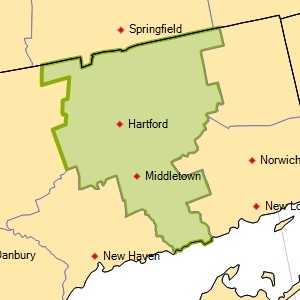 The region’s personal health rank was 13; its community/environmental indicators rank was 25, leading to an overall ranking of 13th. The analysis points to “Areas of Excellence,” in the region, including:
The region’s personal health rank was 13; its community/environmental indicators rank was 25, leading to an overall ranking of 13th. The analysis points to “Areas of Excellence,” in the region, including:
- Lower death rate for diabetes
- Higher percentage of parkland as city land area
- More farmers’ markets per capita
- Higher Walk Score® (75% report engaging in physical activity or exercise in the last 30 days)
- More ball diamonds and basketball hoops per capita
- More recreation centers per capita
- More swimming pools per capita
Nationally, there were numerous positive shifts during the last year:
- 0% increase in the percent who met the recommendations for aerobic and strength in the last 30 days
- 5% drop in the percent with diagnosed angina or coronary heart disease
- 9% increase in walkability scores
- 9% increase in the percent who live within a 10-minute walk to a park
- 7% increase in the total park expenditures per capita
- 0% increase in the number of recreation centers per 20,000 residents
“Our ultimate goal is to offer individuals, families and communities trusted resources that can help them assess, plan and implement policies that promote positive health outcomes,” said Walter R. Thompson, Ph.D., FASCM, who chairs the AFI Advisory Board and is president-elect of ACSM.
The 2017 AFI report also revealed some shortcomings over the past year:
- 7% increase in the rate of diabetes deaths
- 3% reduction in the percent of residents biking or walking to work
- 2% decrease in the percent of individuals eating the recommended number of servings of fruit
- 6% reduction in the number of tennis courts per 10,000 residents
The American College of Sports Medicine is the largest sports medicine and exercise science organization in the world. More than 50,000 international, national and regional members are dedicated to advancing and integrating scientific research to provide educational and practical applications of exercise science and sports medicine. The Anthem Foundation is the philanthropic arm of Anthem, Inc. and through charitable contributions and programs, the Foundation promotes the inherent commitment of Anthem, Inc. to enhance the health and well-being of individuals and families in communities that Anthem, Inc. and its affiliated health plans serve, including Connecticut.


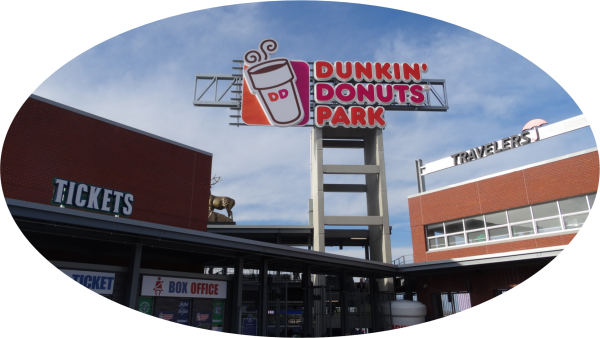
 Dunkin’ Donuts Park is the first brand new venue to open in the Eastern League since Northeast Delta Dental Stadium—home of the New Hampshire Fisher Cats—opened its doors in 2005, and it is seen as the biggest change to the league’s facility landscape since the extensive multi-phase renovation to the Harrisburg Senators’ FNB Field was completed prior to the 2010 season.
Dunkin’ Donuts Park is the first brand new venue to open in the Eastern League since Northeast Delta Dental Stadium—home of the New Hampshire Fisher Cats—opened its doors in 2005, and it is seen as the biggest change to the league’s facility landscape since the extensive multi-phase renovation to the Harrisburg Senators’ FNB Field was completed prior to the 2010 season.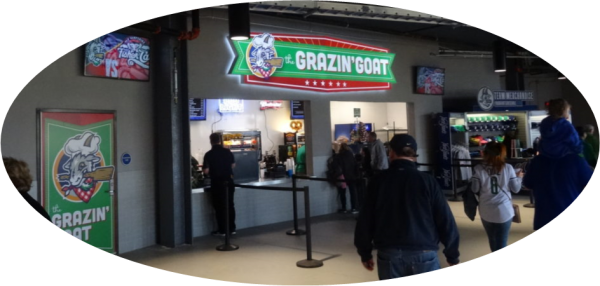

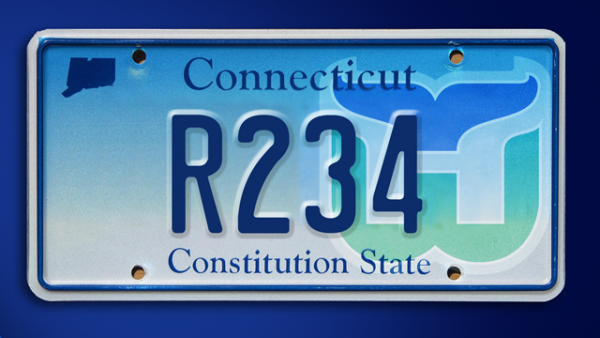 Organization vanity plates include Amistad, Benevolent & Protective Order of the Elks, IUOE Local 478, Grand Lodge of Connecticut, Knights of Columbus, Olympic Spirit, P.T. Barnum Foundation Inc., Preserving Our Past CT Trust for Historic Preservation, Red Sox Foundation, Lions Eye Research Foundation, Special Olympics, Federated Garden Clubs, Fidelco Guide Dog Foundation, Keep Kids Safe, New England Air Museum and the U.S.S. Connecticut Commissioning Committee.
Organization vanity plates include Amistad, Benevolent & Protective Order of the Elks, IUOE Local 478, Grand Lodge of Connecticut, Knights of Columbus, Olympic Spirit, P.T. Barnum Foundation Inc., Preserving Our Past CT Trust for Historic Preservation, Red Sox Foundation, Lions Eye Research Foundation, Special Olympics, Federated Garden Clubs, Fidelco Guide Dog Foundation, Keep Kids Safe, New England Air Museum and the U.S.S. Connecticut Commissioning Committee.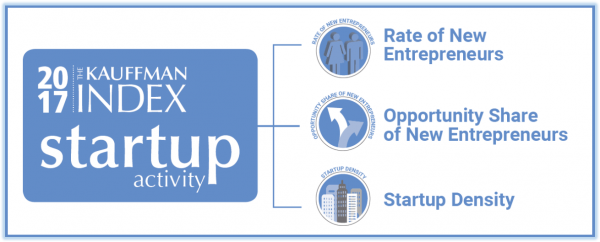
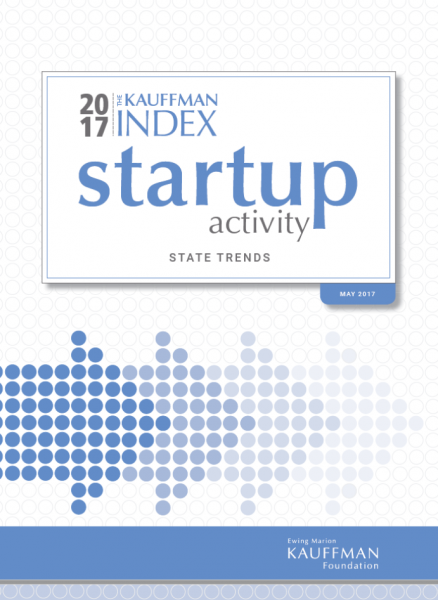
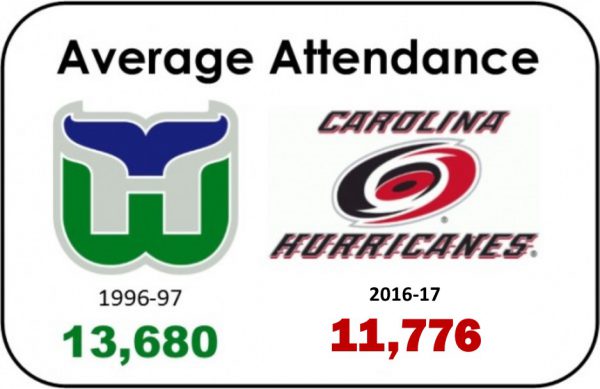
 ades of highs and lows as the Carolina Hurricanes – two Stanley Cup appearances, and one win of the Cup in the early years, and the worst attendance in the National Hockey League, or near the bottom, more recently. In Hartford, the Whalers
ades of highs and lows as the Carolina Hurricanes – two Stanley Cup appearances, and one win of the Cup in the early years, and the worst attendance in the National Hockey League, or near the bottom, more recently. In Hartford, the Whalers 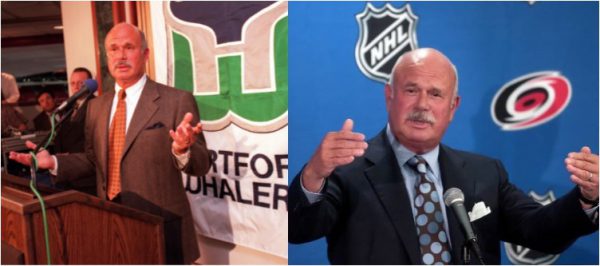

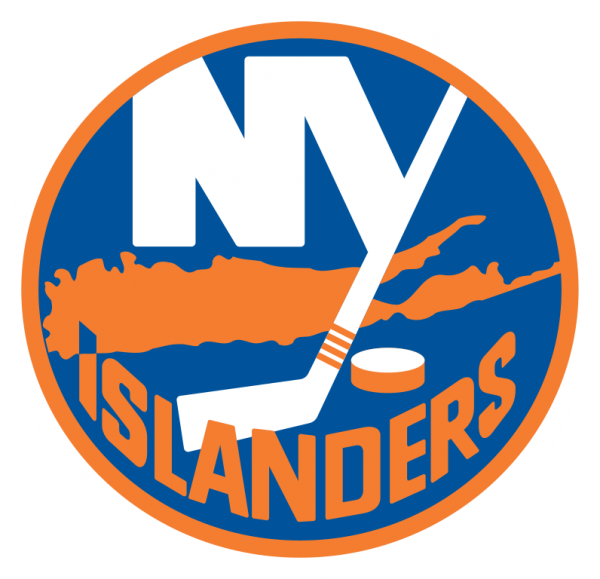 Lowest
Lowest 
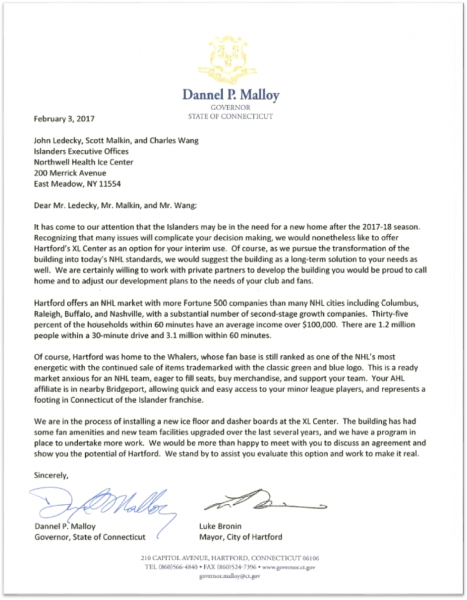
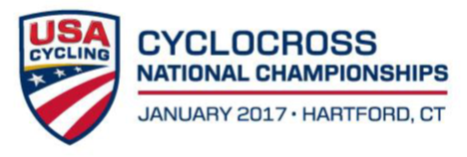 “The cyclocross national championships are the pinnacle of cyclocross racing in the United States each year,” said Micah Rice, Vice-President of National Events, USA Cycling. Cyclocross is a very specific type of bike racing, as described by Cyclocross Magazine. For the most part, the course is off-road but there are sometimes portions of pavement included in the course. Riders can expect to encounter grass, dirt, mud, gravel, sand, and a whole slew of other assortments and combinations. The races are based on a set time (measured by numbers of laps), not distance. Depending on your category, a race can be as quick as 30 minutes (for beginners), or as long as 60 minutes (for pros).
“The cyclocross national championships are the pinnacle of cyclocross racing in the United States each year,” said Micah Rice, Vice-President of National Events, USA Cycling. Cyclocross is a very specific type of bike racing, as described by Cyclocross Magazine. For the most part, the course is off-road but there are sometimes portions of pavement included in the course. Riders can expect to encounter grass, dirt, mud, gravel, sand, and a whole slew of other assortments and combinations. The races are based on a set time (measured by numbers of laps), not distance. Depending on your category, a race can be as quick as 30 minutes (for beginners), or as long as 60 minutes (for pros).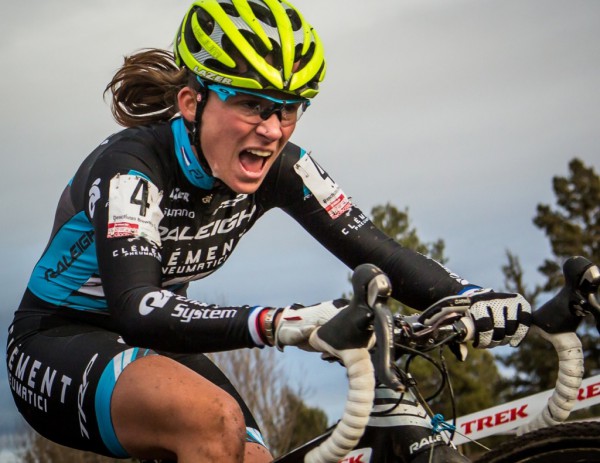
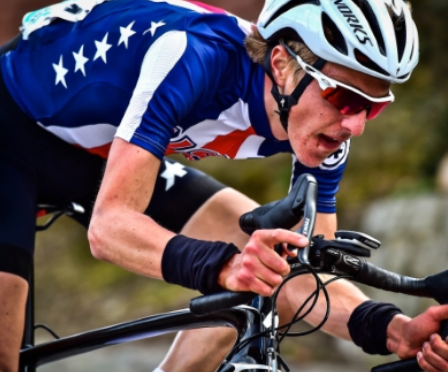

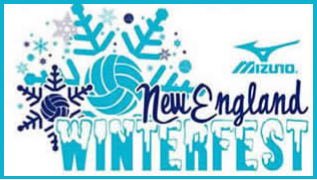
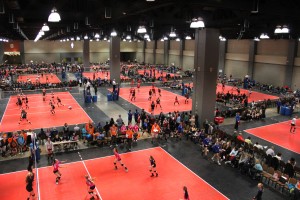
 “The New England Region is looking forward to the expansion of two weekends for our Winterfest tournament,” says Roxann Link, New England Region Junior Commissioner. “All of our clubs, players and coaches have enjoyed playing at the Connecticut Convention Center and are excited that we will be able to add more teams.”
“The New England Region is looking forward to the expansion of two weekends for our Winterfest tournament,” says Roxann Link, New England Region Junior Commissioner. “All of our clubs, players and coaches have enjoyed playing at the Connecticut Convention Center and are excited that we will be able to add more teams.”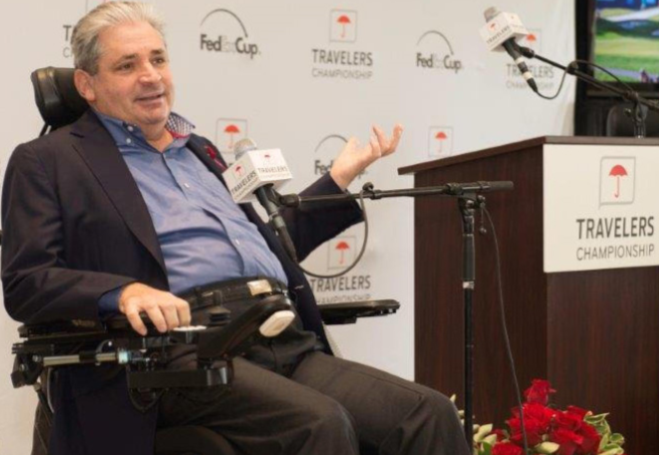
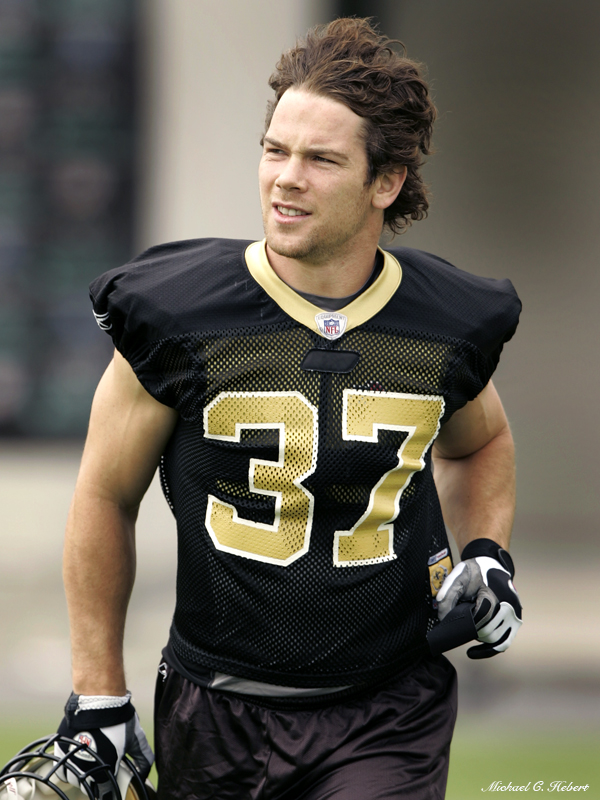
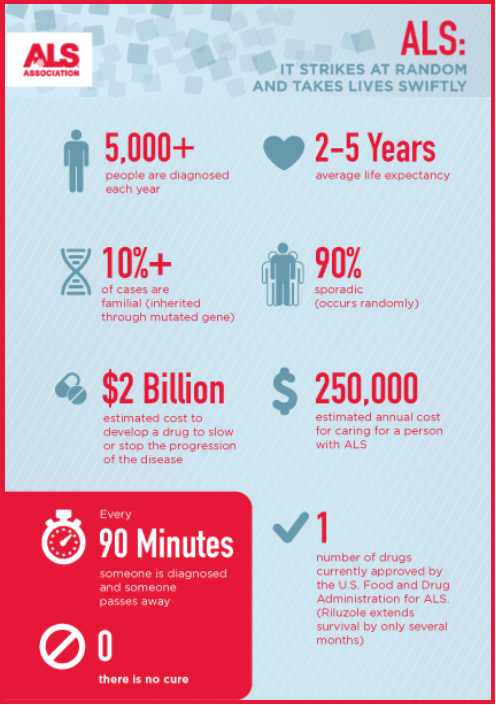
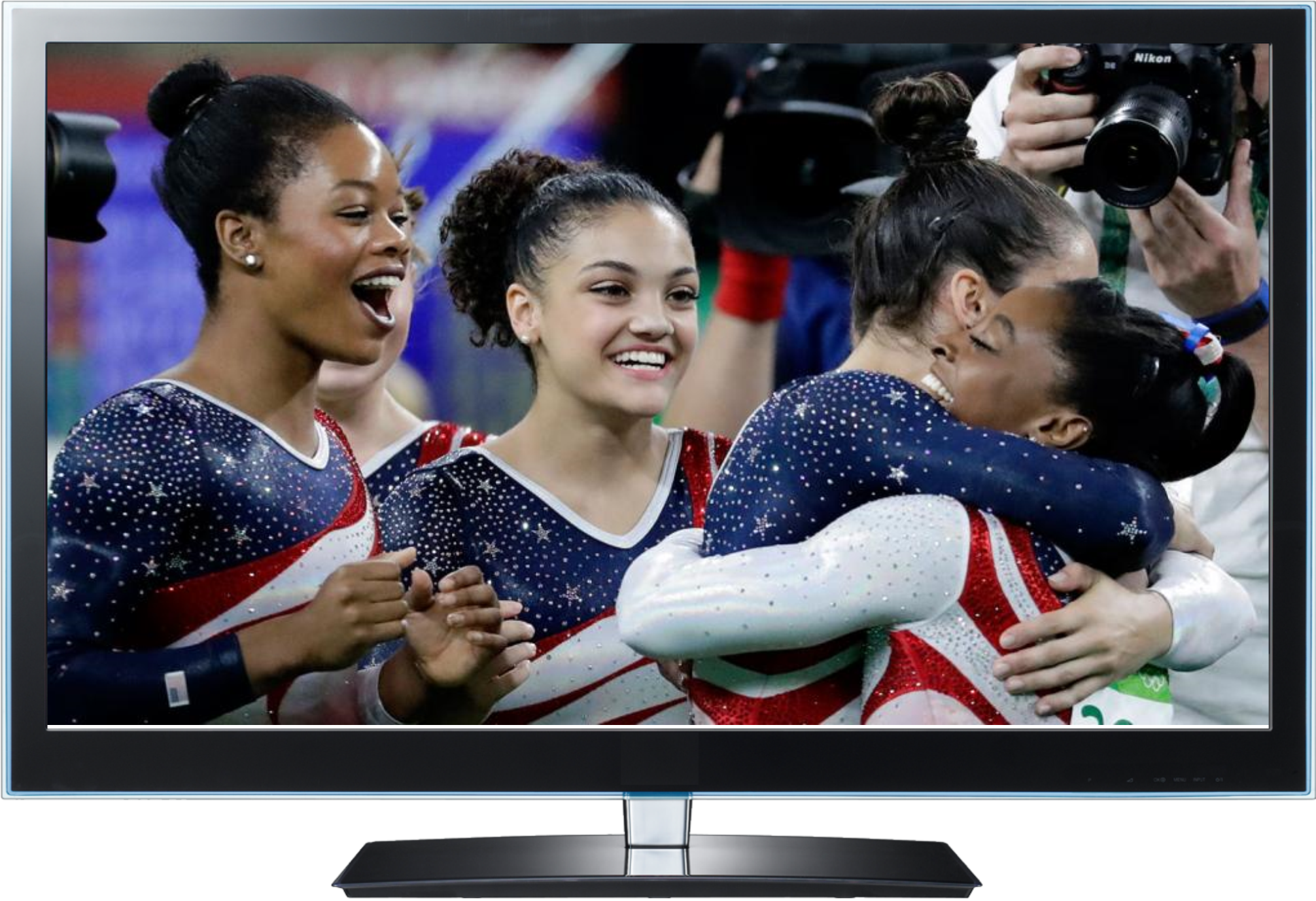 Just over three years ago, NBC Sports launched a new state-of-the-art 300,000 square foot facility headquartered in Stamford, on a thirty-three acre campus (formerly the home of Clairol). The facility brought NBC Sports, NBC Sports Network, NBC Olympics, NBC Sports Digital, and NBC Regional Networks all under one roof. Connecticut’s First Five program, providing financial incentives to major business entities to relocate to the state, helped get the deal done. At the ribbon cutting for the facility in July 2013, just off exit 9 along I-95, NBC Sports Group Chairman Mark Lazarus said it was “built for every conceivable media platform, known today or yet to be built or conceived.”
Just over three years ago, NBC Sports launched a new state-of-the-art 300,000 square foot facility headquartered in Stamford, on a thirty-three acre campus (formerly the home of Clairol). The facility brought NBC Sports, NBC Sports Network, NBC Olympics, NBC Sports Digital, and NBC Regional Networks all under one roof. Connecticut’s First Five program, providing financial incentives to major business entities to relocate to the state, helped get the deal done. At the ribbon cutting for the facility in July 2013, just off exit 9 along I-95, NBC Sports Group Chairman Mark Lazarus said it was “built for every conceivable media platform, known today or yet to be built or conceived.”
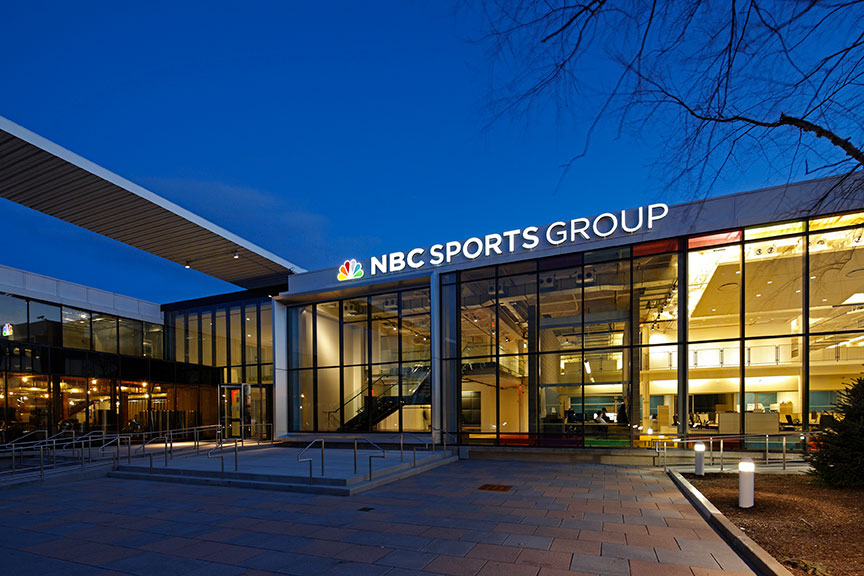
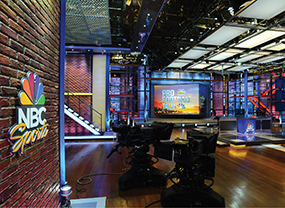 iveness of social media. In addition, ratings from the Opening Ceremonies on NBC television were down substantially from the London Games. But that seems to have been the floor, not the ceiling, for viewership levels.
iveness of social media. In addition, ratings from the Opening Ceremonies on NBC television were down substantially from the London Games. But that seems to have been the floor, not the ceiling, for viewership levels.



























